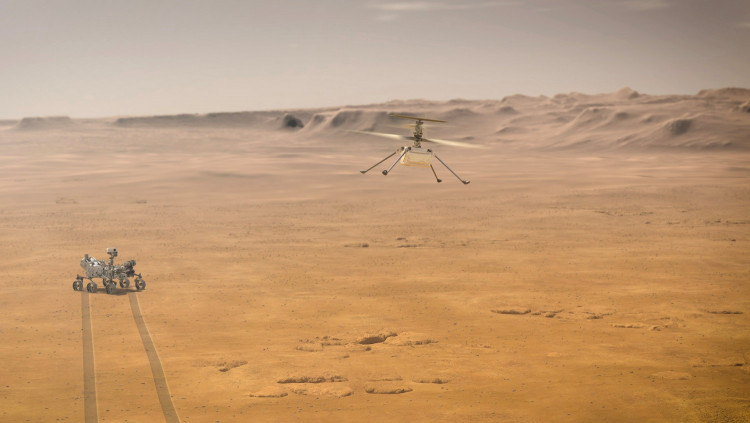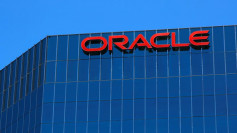NASA on July 30 launched the Perseverance rover, and there won't be much news about until it reaches Mars in February 2021. But that's not to say you can't track its 'progress. With the space agency's "Eyes on the Solar System" tool, you can check in on the rover at any time.
The NASA Eyes app is a solar system simulation that displays the positions of planets, moons, and NASA's most popular missions in real-time. For what NASA terms a "more immersive" experience, there's a full desktop program you can use. Nonetheless, the web-based edition is nice enough if you only want to check out the planets and the positions of a few robotic explorers.
"Eyes on the Solar System visualizes the same trajectory data that the navigation team uses to plot Perseverance's course to Mars," said Fernando Abilleira, the Mars 2020 mission design, and navigation manager at NASA's Jet Propulsion Laboratory. "If you want to follow along with us on our journey, that's the place to be."
NASA says delivering live updates on all of its ongoing missions would be too daunting, but you can see New Horizons, Parker, Perseverance, and some ESA missions. The stars, minor planets, and other notable bodies, including the asteroid Bennu, also have live positions. To rotate your view, you can click and drag, and zoom in the scroll wheel. You got quality and lighting choices in the corner. To get more detail, clicking on Mars 2020 also brings up a data panel with simple stats and links.
Indeed, the desktop program has much more to offer. To see its current location, you can lock on to Perseverance or any other included mission. You can then push forward or rewind time to see where it was or would be. You can track Mars 2020 all the way from Earth to Mars if you want to, but don't expect a fancy landing animation.
In this simulation, the spacecraft simply runs into Mars at the right time. Still, looking at the live view as we get closer to the landing will be interesting. You can quickly get a preview now if you are using the desktop app.
Perseverance is a follow-up to NASA's massively successful Curiosity rover. The latest vehicle has some upgrades in design, more modern instruments, and a helicopter drone which will potentially become the first flying machine on another planet,
Perseverance will arrive on Feb. 18, 2021, at Jezero Crater. The spacecraft will hit the planet sooner than that, but to start the autonomous landing, it will wait until the predetermined moment. A few minutes later, we will learn if Perseverance succeeds with a perfect landing in measures of Curiosity.





